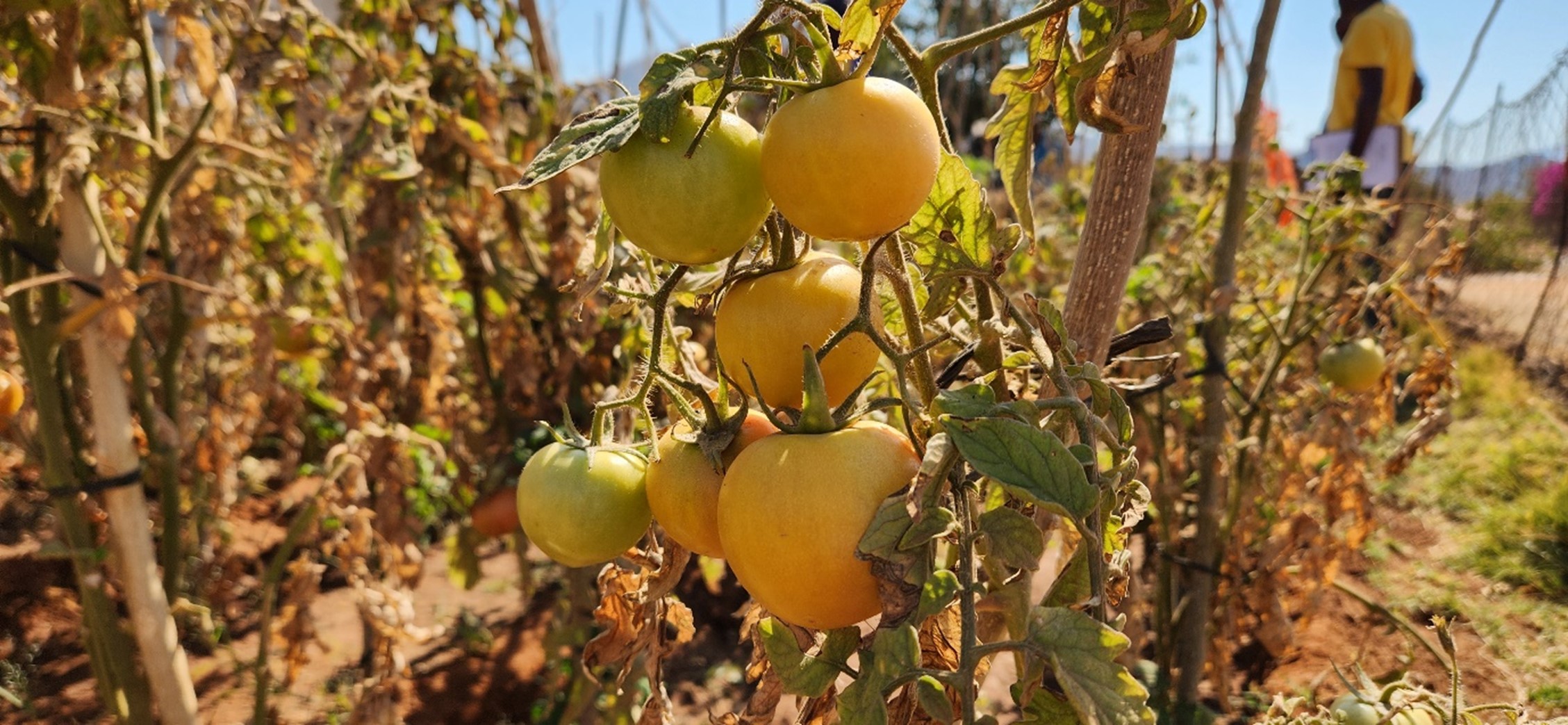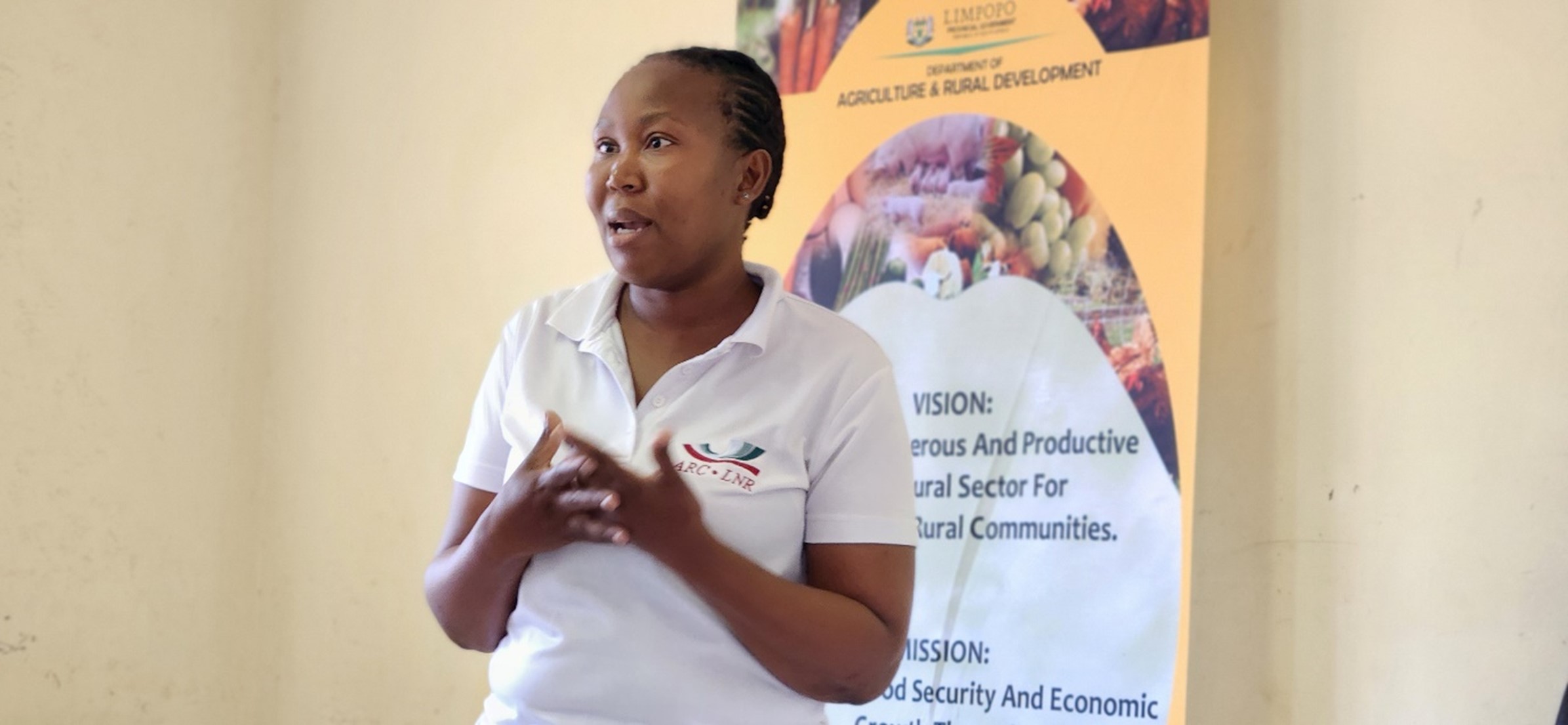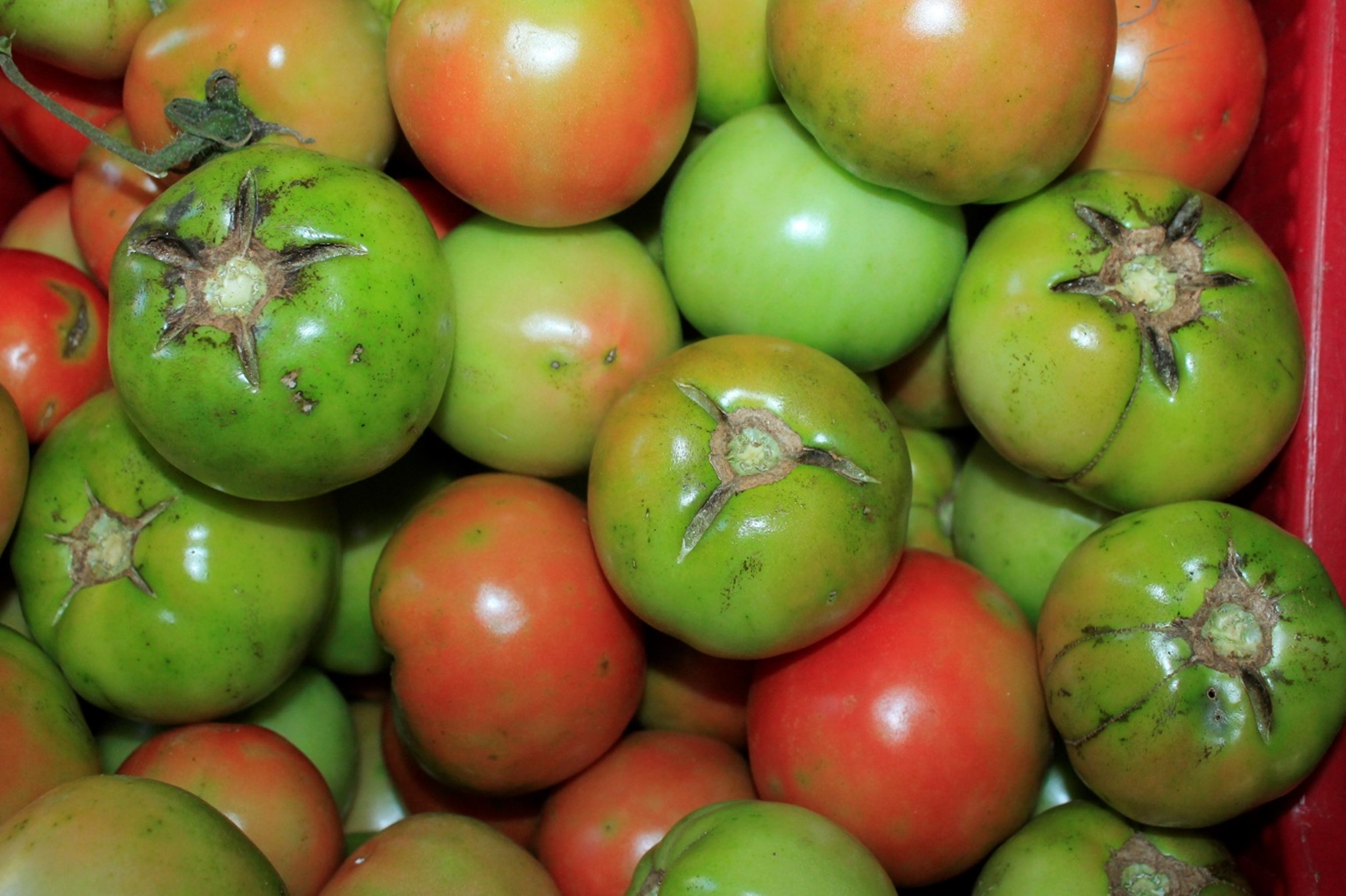By Maphuti Machabaphala

Capricorn East Agro Ecological Zone in collaboration with the Agricultural Research Council (ARC) hosted a successful Tomato Production information sharing at Avon village in Bochum under the Blouberg Local Municipality.
The awareness aimed at sharing information that could lead to improved tomato production.
Regardless of differences in size, shape, colour, flavours, genetic type and maturity days, tomatoes remain one of the favourite foods in households. It can be consumed fresh, as salad, alongside meal and processed into juice. It is rich in vitamin A and C.
Like other crops, the population of tomatoes have hundreds of cultivars, most grown in the province because of the warm climatic conditions. It is sensitive to frost.
The family of tomatoes vary from Floradade, Karino, Rodade, to Star 9001. They are mainly planted under drip, sprinkler, or flood irrigation.
Soil and fertiliser application
The first step towards increasing yield is to test the soil through laboratory to establish the type of cultivar to plant. The second phase is to check the amount of acid contained in the soil – the ideal soil acidity must be between pH5.5 to 6.5 and the suitable fertiliser for the soil must be 2:3:4. If the soil is suitable, it should be well drained to a required millimetre.
Common and prevalent tomato diseases and pests
Tomatoes are also prone to diseases which may vary from area to area. Diseases commonly affect tomatoes range from early blight, late blight, grey mould, leaf mould, powdery mildew, fruit rot, soft rot, bacterial canker, septoria leaf spot, mosaic, spotted wilt, bacterial wilt, bacterial speck, bacterial spot, fusarium wilt and anthracnose, which remain thorny in the farmers’ flesh due to negatively affect growth in tomato production.
In her presentation, Thabang Nkgau had zoomed more on bacterial wit, which she indicated that is soil borne and can survive in the soil for more than two years if not treated. She enlightened the farmers to look out for symptoms including wilting, discoloration of the vascular ring in affected plants.
Tomatoes are also vulnerable to pests which include nematodes, bollworm, aphids, red spider mite, mites, plusia looper and the deadly leaf miner. According to Satch Mosiane, scouting is the first thing farmers should keep up with to identify problems earlier.
Control measures
There are various remedies to deal with problematic diseases in the production of tomatoes using sanitation as the first line of defence, said Mosiane. Elimination of alternative hosts is another method and using certified seed/propagation material while minimizing the conditions for the bacteria to flourish and germinate. The use of resistant cultivars and observe the crop maturity; practice crop rotation with non-host crops; and have pheromone traps in addition to the use of indigenous methods to attract the pheromone. Mosiane urged farmers to practice cultural control of the bacteria, and practice intercropping, sanitation through burning infected plants, biological control, and pathogens. Mosiane had lastly indicated the use of protective clothing always whenever using the pesticides.
In conclusion, Susan Nkonki advised farmers on the importance of keeping financial records to establish the loss or profit. She pointed out that the use of either electronic or manual recording of finances, which can be done through computerised accounting software’s, smartphones, marked files, book recording and marked boxes. She gave farmers tips on document retention, regular sorting, labelling, categorising, and physical or digital records. Nkonki reiterated that keeping proper records could attract investment in future.



The development of cat face on tomatoes is due to a number of factors including cold temperatures and high nitrogen level amongst others.


